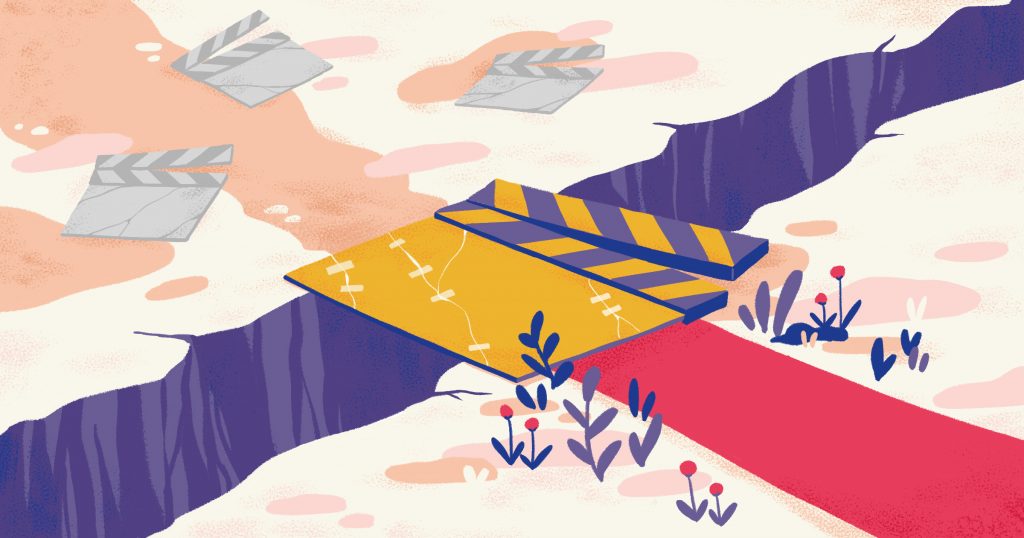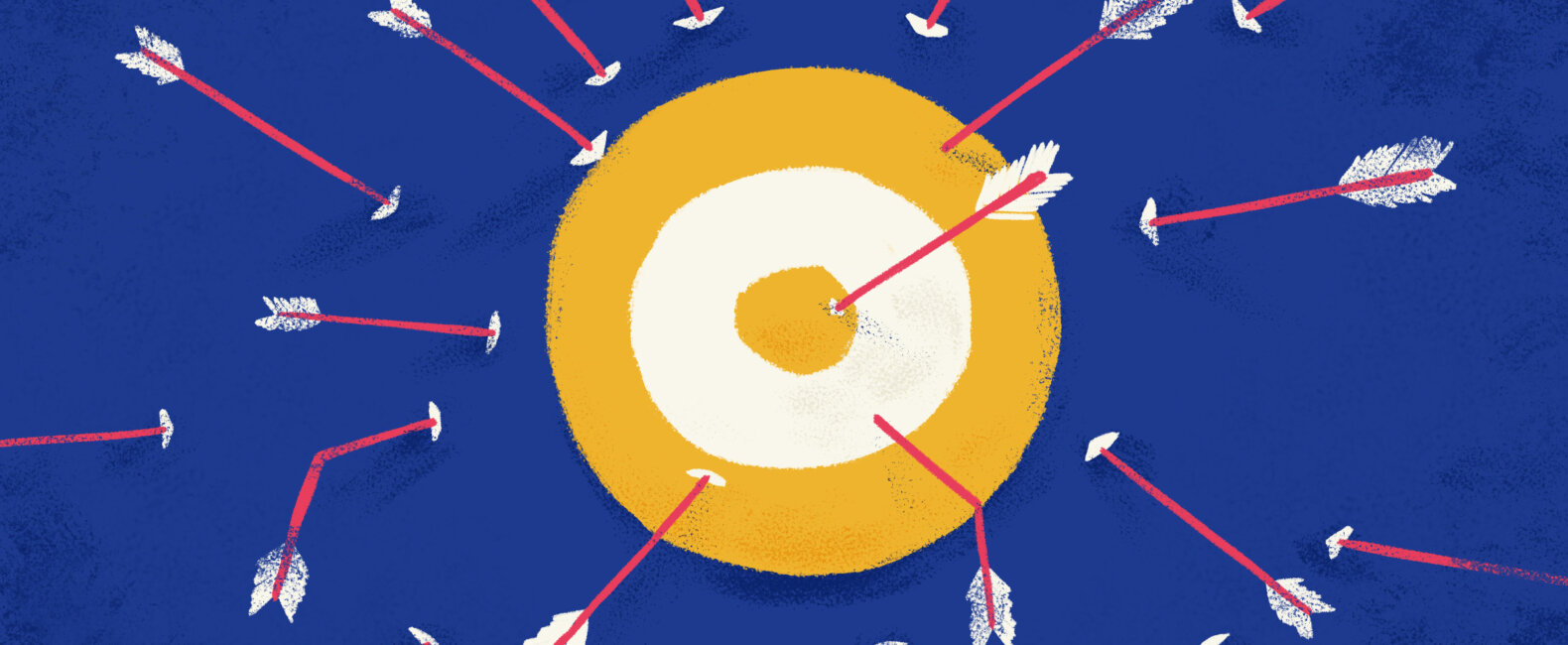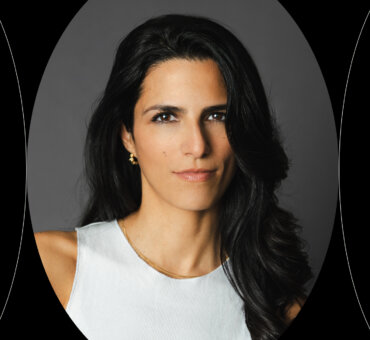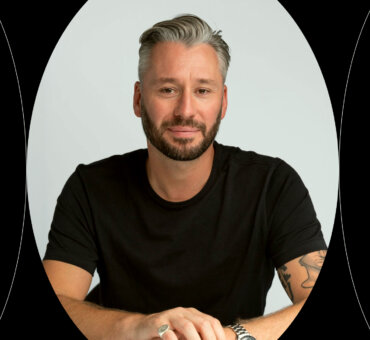It’s that time of year again. From Sundance to the Oscars, the Globes to SXSW and Tribeca, nominees and winners are everywhere in the trades right now. But if you’re sitting at home stockpiling a slew of rejection notices from festivals, labs, or contests and still grinding away at your work, seeing others bask in their achievements can become disheartening.
Being a filmmaker often means balancing ambition with humility. It means knocking on doors over and over – and finding a window when necessary. It means creating your best work in the face of adversity or, worse, ambivalence. If you’re one of the many feeling discouraged by hearing a lot more “no’s” than “yeses” at this point in your career, then perhaps it’s time to look at rejection in a new light.
Rather than seeing that succession of “no’s” as a sign that things aren’t working out, consider the idea that rejection — and lots of it — is actually evidence that you’re getting closer to your goals.
When organizational psychologist Adam Grant interviewed some of the world’s most successful entrepreneurs for his book Originals, he found that despite the fact that giants like Elon Musk and Mark Cuban fear rejection and failure just like the rest of us, they tend to fear not trying even more. He writes, “Originals learn to see failure not as a sign that their ideas are doomed, but as a necessary step toward success.”
If you aren’t failing, then you aren’t trying.
On that note, here are some ways to reframe your thinking on rejection:
Rejection is a badge of honor.
Rejection means you’re in the game – and playing big. How many times have we heard the story of Michael Jordan being cut from his high school basketball team? Tales of writers proudly saving their rejection letters have almost become a cliché at this point; some have even famously plastered their bathroom walls with them. Actor Mark Ruffalo reportedly went on 600 auditions before catching his big break.
Lately, filmmakers have become much more outspoken about their failures, with dozens recently tweeting and blogging about their “annual Sundance rejection.” This last November Mark Duplass, noted Sundance alum himself, tweeted, “Sundance is awesome, but Sundance is not everything. So many incredible films don’t make the cut. Don’t let it get you down. If you believe in your film, keep pushing.”
Ava DuVernay retweeted him, adding, “I was rejected from Sundance six times. For the festival in three different years. The labs in four different seasons. It is what it is. Keep making your stuff.” DuVernay’s own script for her feature, Middle of Nowhere, didn’t make the cut for the Sundance labs, but after that rejection, she pushed through, made the film on her own, and eventually brought the film to Sundance and won Best Director.
Keep going. Your rejections will be your battle scars, and one day you’ll share them with pride.
Failure is the training you need for this career.
Filmmaking requires thick skin; it’s just that acquiring that thick skin is painful. When your work is rejected, ignored, or criticized, take it as an opportunity to reassess your film and make your own decision about it.
There are many reasons why a film is rejected by a festival and it may have nothing to do with the quality of your work. Maybe the festival already has a rustic thriller with a similar tone to your rustic thriller and they’re looking for a romantic comedy at this point. Or perhaps the screener just doesn’t like your lead character. There are a lot of elements out of your control.
But sometimes your film or writing doesn’t match the taste of the programmers or judges. While that might inspire you to make some edits or move on to another project, it could also mean you need to forge ahead and find other outlets for your work. Take Dave Holstein, who recently shared that a judge from the Austin Film Festival screenplay competition called his pilot “muddled, tonally inconsistent, and unfunny.” That pilot was for the show Kidding, which premiered this fall on Showtime, starring Jim Carrey. Imagine if Holstein had believed that judge and ignored his own opinion.
Rejection hurts, but it’s a required element in this career. Even the most successful directors get bad reviews. Consider yourself in training for a lifetime of both ridiculous and valid opinions on your work. The trick is to learn how to ignore the former and embrace the latter.

The more you try, the more you improve.
Adam Grant writes, “Throughout history, the great originals have been the ones who failed the most because they were the ones who tried the most.” Therefore, if you’re being rejected consistently, over years, that means you’re also consistently putting out and finishing projects. This is key to your success.
Radio host/producer Ira Glass has spoken about the idea of closing the “gap” between the quality of work you aspire to and the quality you’re currently capable of. He says, “It is only by going through a volume of work that you will close the gap, and your work will be as good as your ambitions.” The more you write and shoot films, the more projects you complete, the more you will fail and, in so doing, the more you will improve. In the end, success is a numbers game, and the greater a body of work you have, the more chances you have to win.
Do the work, put it out there, and have patience.
By sending scripts to labs and contests, submitting to festivals, sharing trailers on YouTube, building an audience through social media, you are in fact getting closer to finding your way in this creative career. Despite all the “no’s,” a “yes” will eventually come. It’s not magic; it’s logic. It takes time. By consistently putting your work into the world you’re increasing your odds of something happening with it.
Our culture loves the idea of overnight success, but that’s not how it works. Even the surprise successes at Sundance aren’t actually surprises. In his Indiewire piece on “Killing the Sundance Myth,” Chris O’Falt explains how Benh Zeitlin’s breakout success with Beasts of the Southern Wild came after years of incremental, consistent work. He had a short film play at SXSW and had a film go through the Sundance labs before Sundance picked up his feature. O’Falt goes on to explain that Sundance pays attention to other festival selections and recommendations from filmmakers. In other words, your work isn’t going into a vacuum. If it’s good, people will talk about it, and not just at Sundance. And if you know it’s good, it’s your job to keep getting it in front of people – and to use the rejection as fire to keep going.
Like anything, making a career in filmmaking takes time, a prolific output, and a thick skin. Rejection is the entry fee. Do good work, keep your head down, be strategic, and let the gatekeepers know what you’re up to. Be ready for rejection, welcome it, and get prepared to reassure another filmmaker when they’re in the same place you’re in now.

Rebecca Weaver is a screenwriter/director/actor whose first feature, June Falling Down (Best American Independent Feature, Sonoma International Film Festival), recently released to iTunes.





















































































